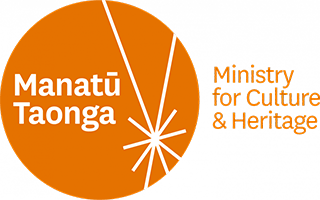Taonga Puoro are the musical instruments of the Māori people of Aotearoa (New Zealand). The name Taonga Puoro means ‘singing treasures’. This name gives an insight into how highly the instruments are valued, both for the beauty of the sound, the instrument itself and the story of the taonga. There are many different types of taonga puoro, from shell trumpets, to unique types of flutes, spun instruments and bird callers. All instruments are seen as individuals as they have their own unique voice and decoration. They are grouped into families according to how they were created in the ancestral past. These stories are shared through the sounds of the taonga and the carvings on them. There are many different uses for taonga puoro, from open entertainment to sacred ritual use. In either context, when played, they somehow transmit an appreciation for the spiritual dimensions from which they come.
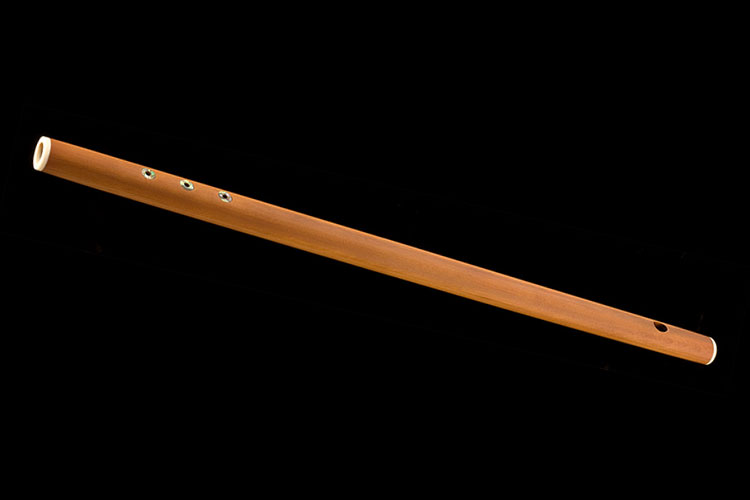
Rehu
Rehu are long flutes with a closed top and a transverse blowing hole, but with finger holes like the pōrutu. It’s name is an old one and suggests it was a prized embellisher of song. Rehu are similar to Pōrutu.
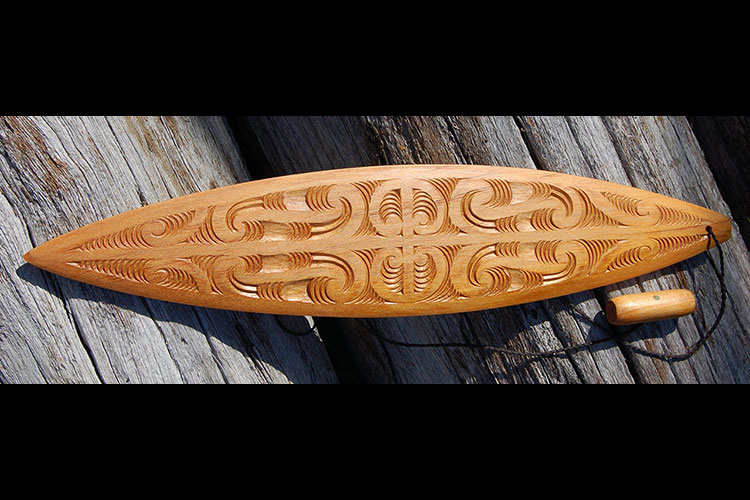
Pūrerehua / Turorohu
Pūrerehua or turorohu create eerie sounds as they spin on the ends of their cords. Stories are told of them calling rain, summoning tears and even enticing food from hiding places.
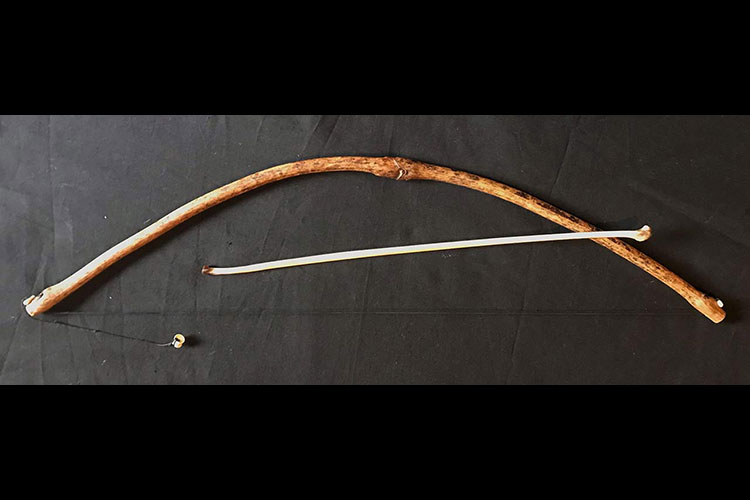
Te Kū
Te kū is a single stringed bow and is tapped with a rod while using the mouth cupped over the string to modify the resonance of sound- similar to the rōria.
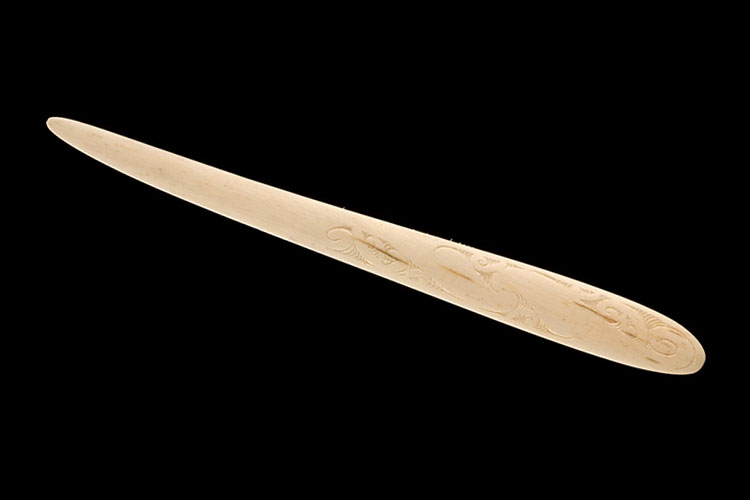
Rōria
This instrument is similar to the Jew’s harp. It has a slender tongue of bone or wood and is plucked to create sound through vibration. The mouth is used to manipulate the sound and produce various resonances.
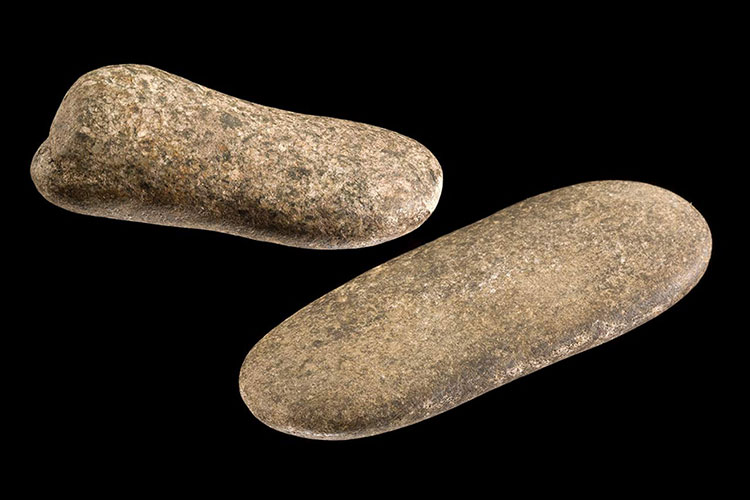
Tumutumu Kōhatu
Kōhatu (stones) are from the family of Papatüänuku. When tapped or rubbed together they resonate the movements of the earth mother. Kōhatu are the rhythm keepers.
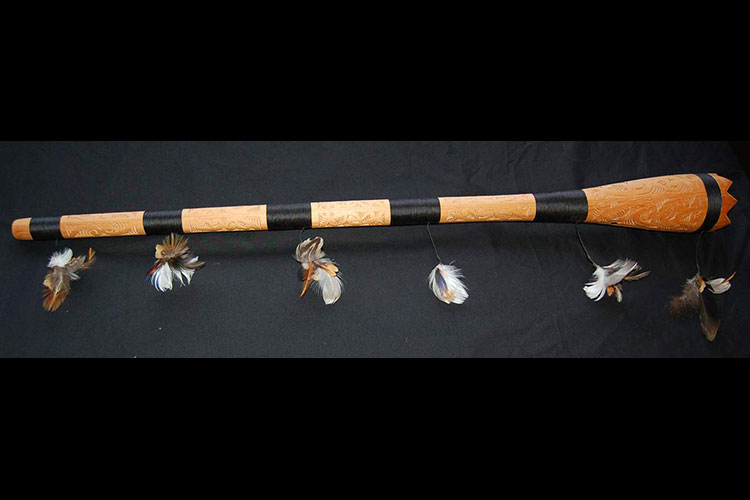
Pūkāea
The pūkāea was a wooden trumpet, up to 2.5 metres long. It was made by splitting a length of mataī, hollowing out each half, then binding them together, often with the aerial roots of the kiekie vine. The narrow end had a carved wooden mouthpiece and the other was flared out.
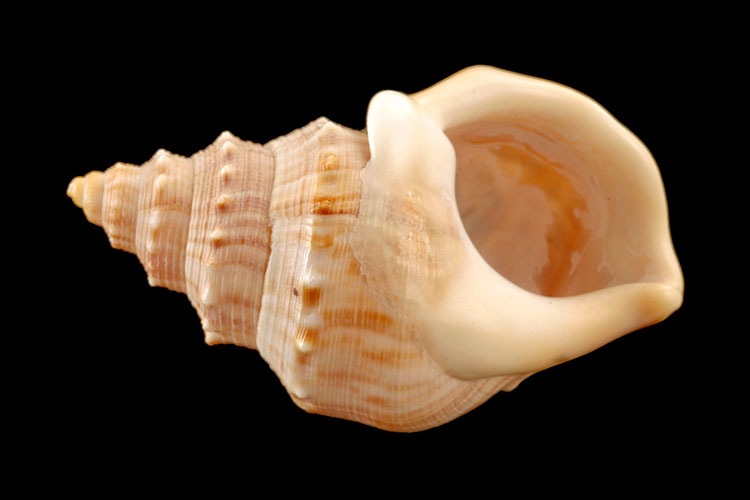
Pūtangitangi
Pūtangitangi is often a term used to describe the harmonica or mouth organ. However, it’s name originally relates to the small seashells used to create a harmonious note.
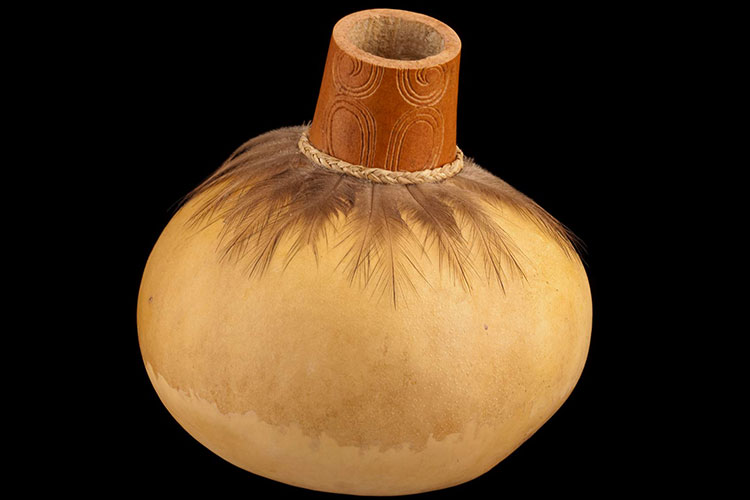
Hue Puruhau
These are large hue with the seeds removed. The neck is cut off and the sound comes from blowing over the top to create a vibrant bass sound.
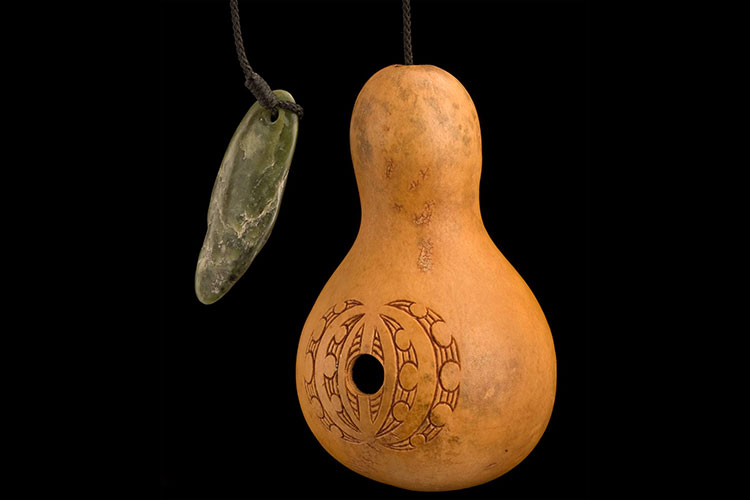
Poi Awhiowhio
This is a whistling gourd. They are swung on a cord (similar to the playing of the purerehua) and create a gentle, soft whistling sound.
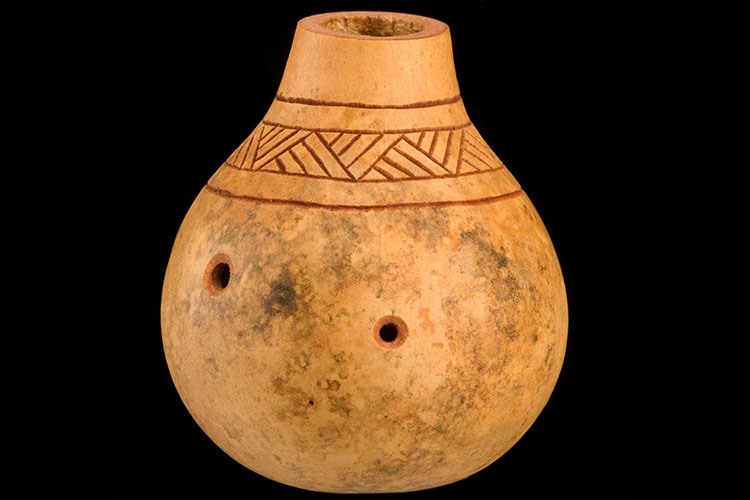
Kōauau Ponga Ihu
This is a hue with its neck removed and is played with the nostrils to create a magical, enchanting sound.
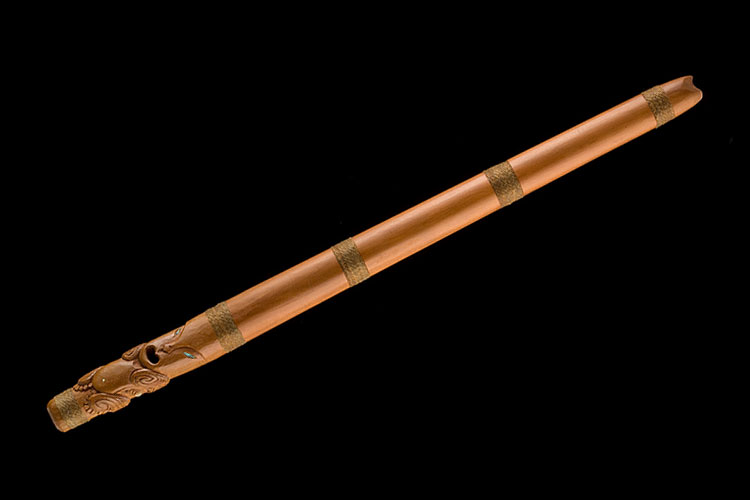
Pūmotomoto
Pūmotomoto are long flutes with a notched open top which becomes the blown edge and a single finger hole near the end. The pūmotomoto was traditionally played over the fontanelle of an infant to implant songs and information of the child’s iwi directly into his/her conscious.

Pōrutu
Pōrutu are essentially long kōauau with usually three (but up to six) holes of the same relative spacing as kōauau but located near the bottom end.
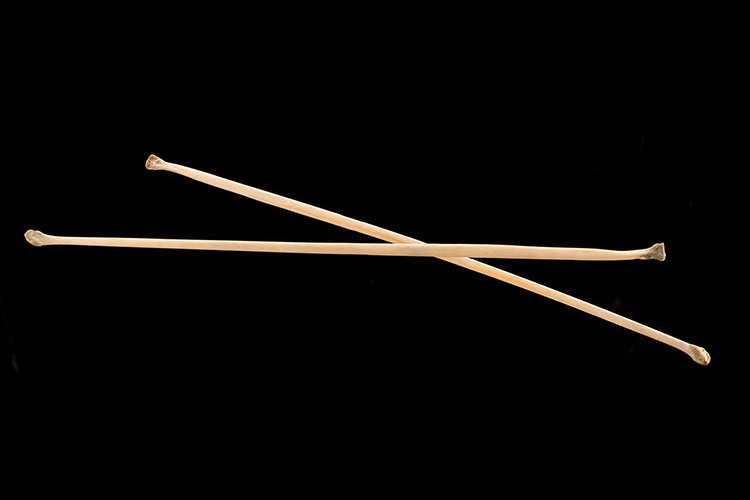
Pākuru
Pākuru are long resonant rods held between the teeth and rhythmically tapped as they are sung over.
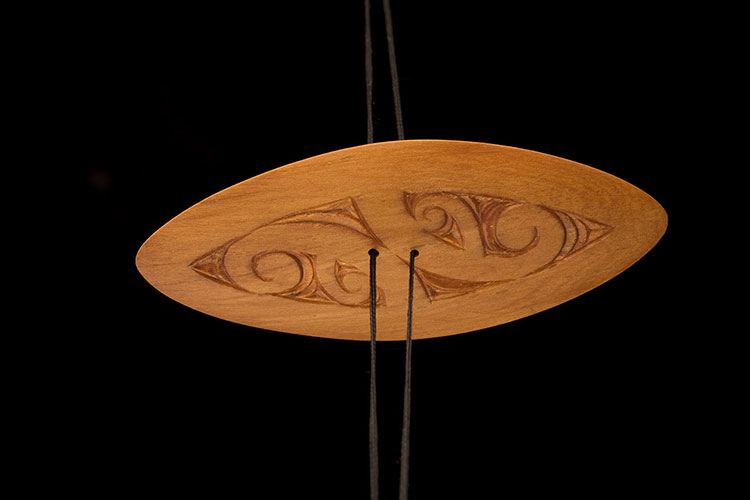
Porotiti
Porotiti are small discs with a looped cord, which are spun and create special rhythms as they wind and unwind.
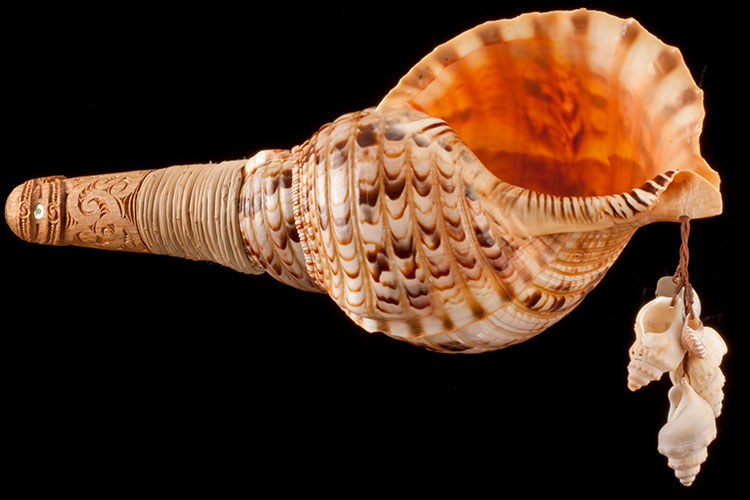
Pūtātara
To create a signalling trumpet called a pūtātara or pūmoana, the narrow end of a conch shell was cut off and a wooden mouthpiece added.
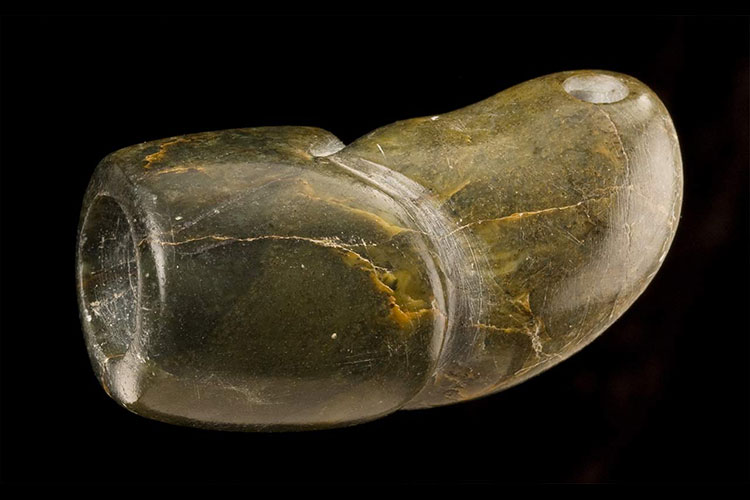
Karanga Weka
The sound is made placing the finger over the hole at the tapered end then blowing into the mouthpiece and at the same time quickly releasing the finger.
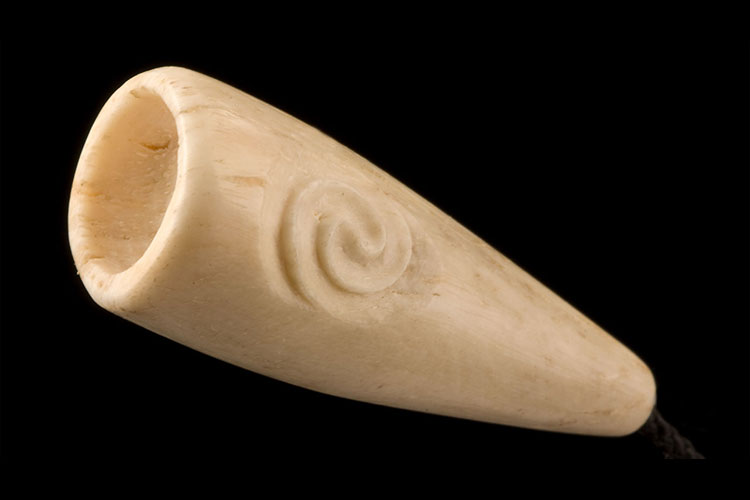
Karanga Manu
Karanga manu or kōauau pūtangitangi are calling flutes. They were tiny flutes used to lure birds by mimicking their own calls
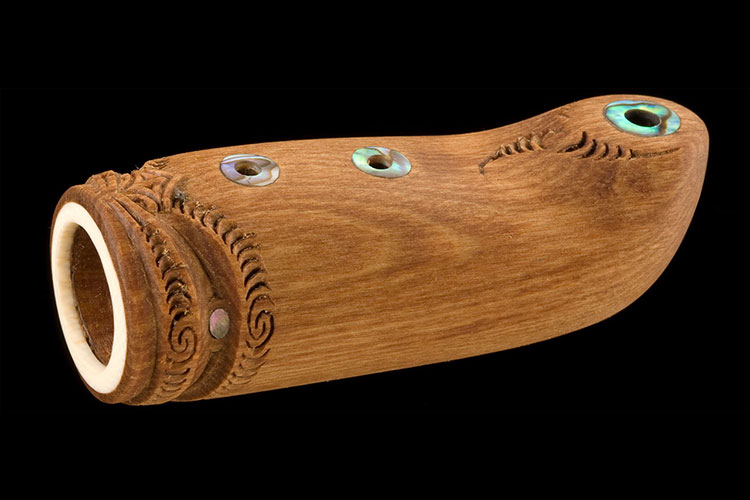
Nguru
Nguru (which are unique to New Zealand) are short semi-enclosed flutes with an upturned end, made from stone, wood or a whale tooth.
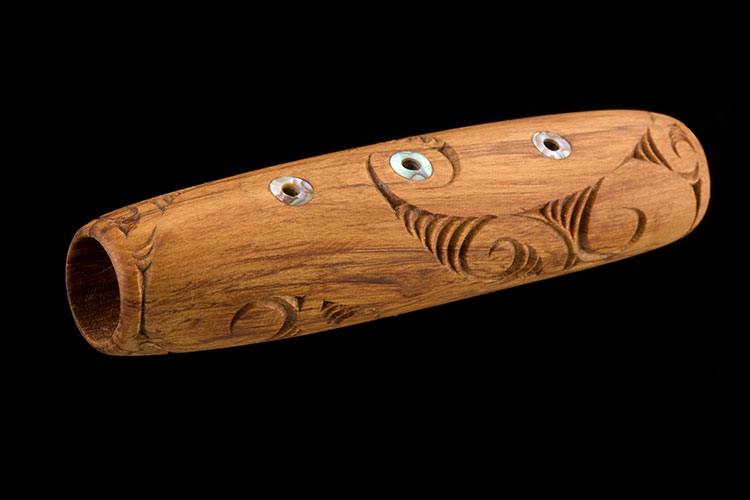
Kōauau
Kōauau are the most common type of Māori flute, and traditionally were made from various woods, kelp, albatross wing bones, human bones and probably moa bones.
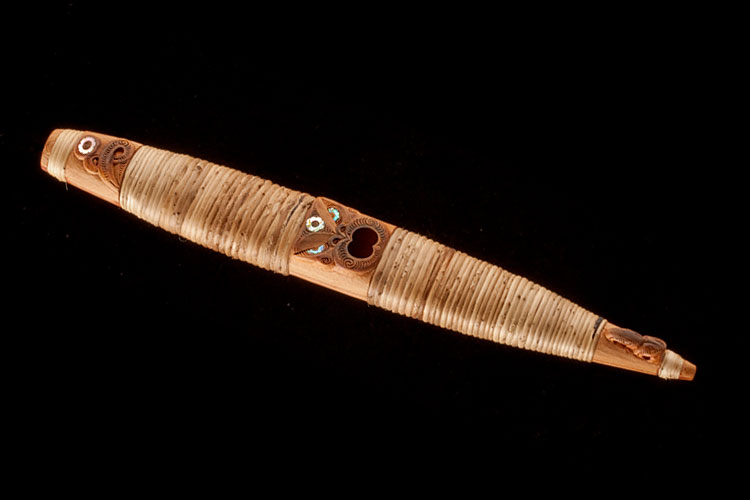
Pūtōrino
The pūtōrino is a flute unique to New Zealand. It is torpedo-shaped (tapering at each end), like the cocoon of the case moth into which Raukatauri changed herself.
Most Popular Taonga
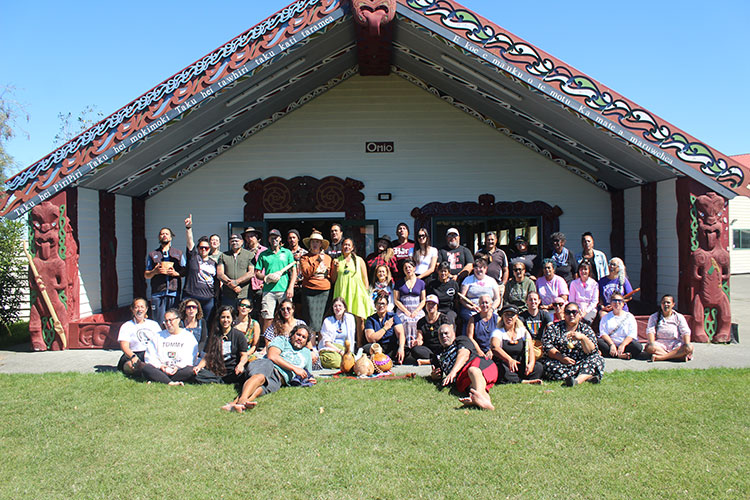
Haumanu Ki Kahungunu: He Wānanga hei Rongoā
Following the devastation caused by Cyclone Gabrielle, the whenua and people of Kahungunu have carried heavy mamae. In response, the Haumanu Collective, in partnership with local practitioners and community leaders, hosted Haumanu ki Kahungunu—a three-day wānanga exploring taonga pūoro as a powerful tool for healing, reconnection, and cultural revitalisation.
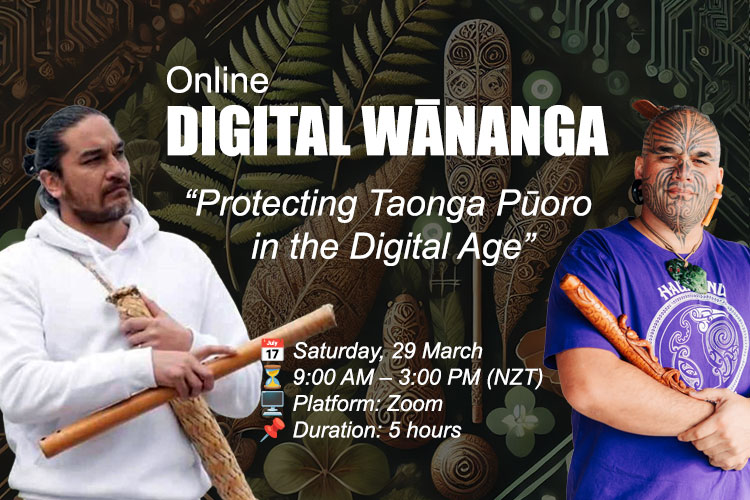
Online Wānanga: Protecting Taonga Pūoro in the Digital Age
Save the date Saturday, 29th March! Join us for an immersive digital wānanga on the protection and future of taonga pūoro in the modern world.
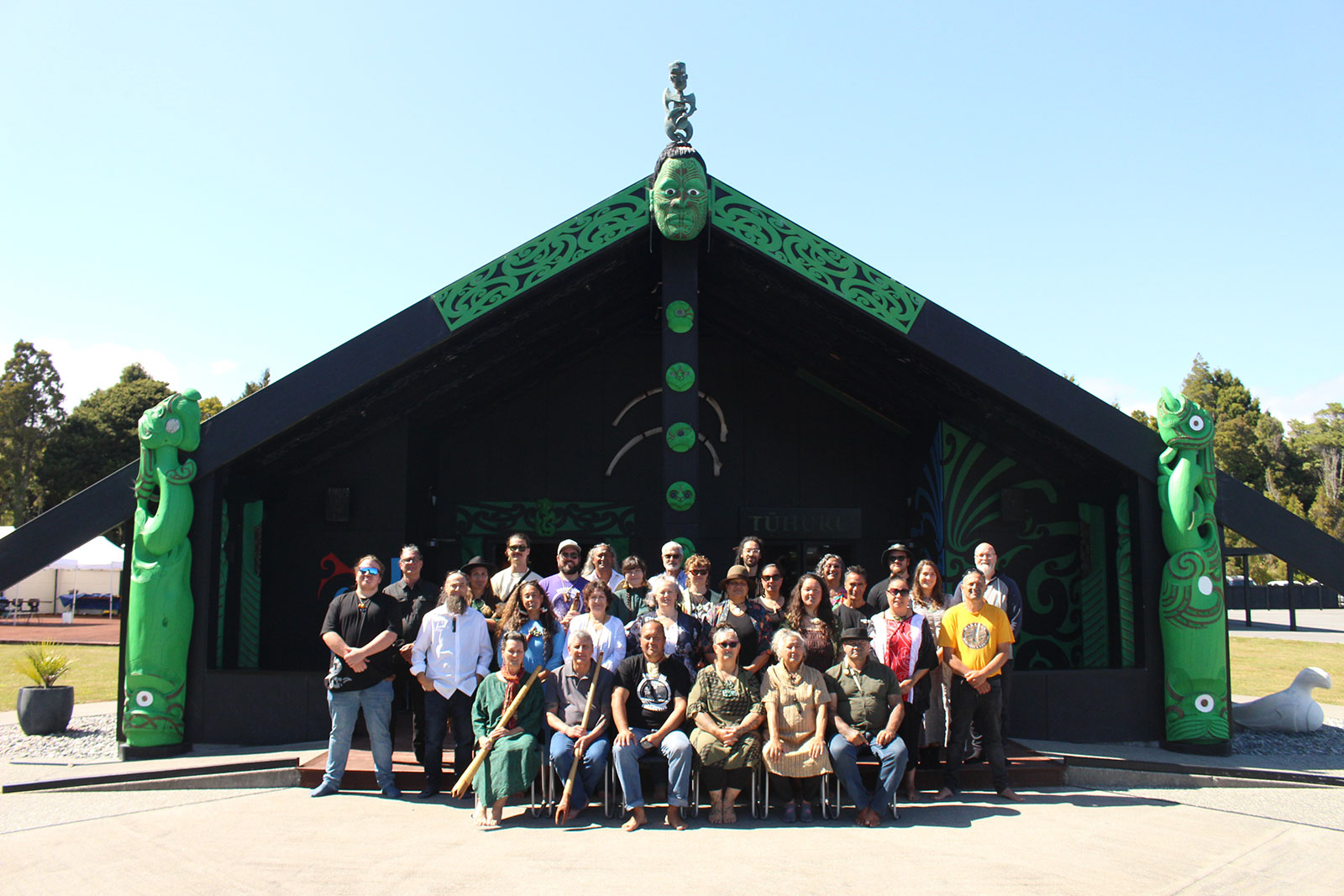
Echoes of Arahura: Reflections from the Wānanga Taonga Pūoro
As the waves of Arahura Awa continued their eternal rhythm, the voices of taonga pūoro joined them, filling Arahura Marae with the sounds of connection, learning, and deep wairua.
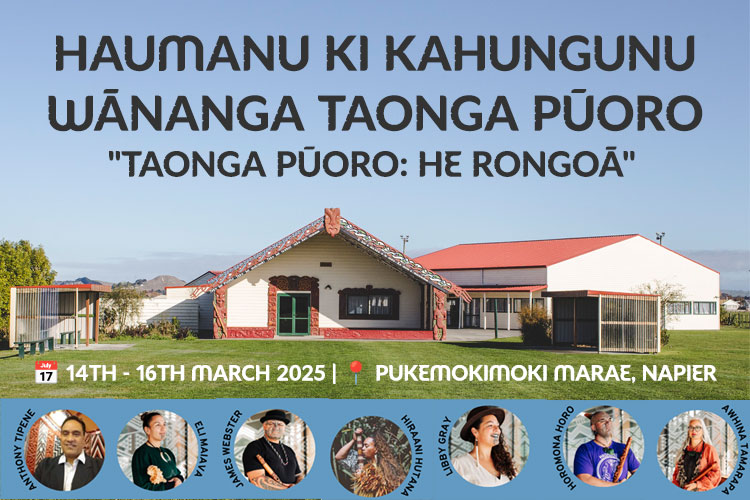
Haumanu Ki Kahungunu – Taonga Pūoro Wānanga
Registrations are now closed for this immersive Taonga Pūoro Wānanga at Pukemokimoki Marae, hosted in partnership with Ngāti Kahungunu. It’ll be a journey into the healing vibrations of taonga pūoro in this free three-day gathering filled with learning, storytelling, and connection.

